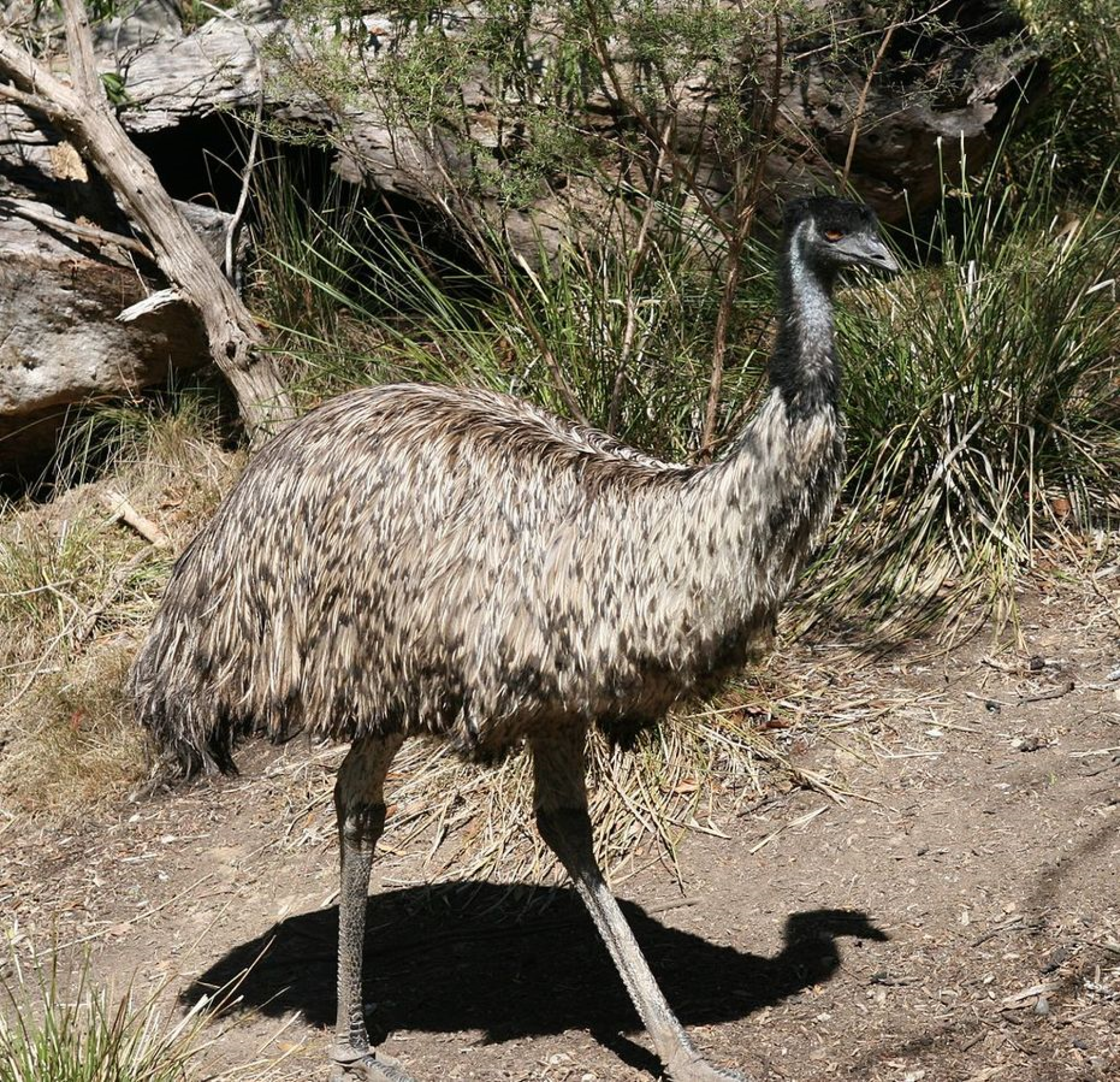
Emu
The second tallest bird, after the Ostrich, the Emu is found in Australia. While its range covers most of the mainland, its close cousins which lived on the islands around Australia are all extinct.
They have soft brown feathers and cannot fly, though they can run at speeds of 30 miles per hour.
They can survive weeks without eating, and drink infrequently (though they drink a lot when they do drink).
Eggs hatch after 8 weeks, and young are fully grown at around 6 months, though they usually stay with the unit until the next breeding season.
While overall there are enough to list this species as least concern, it is not as rosy everywhere, with the Tasmanian Emu dying out in around 1800.
There are 3 currently surviving subspecies with 3 others extinct.
Their population lies between 625,000 and 725,000
Below is our usual roundup of articles on this species, unfortunately, given the length of the name, it is likely to appear within other names. Below this, you will find any links to aid in seeing this animal (as we make them)










